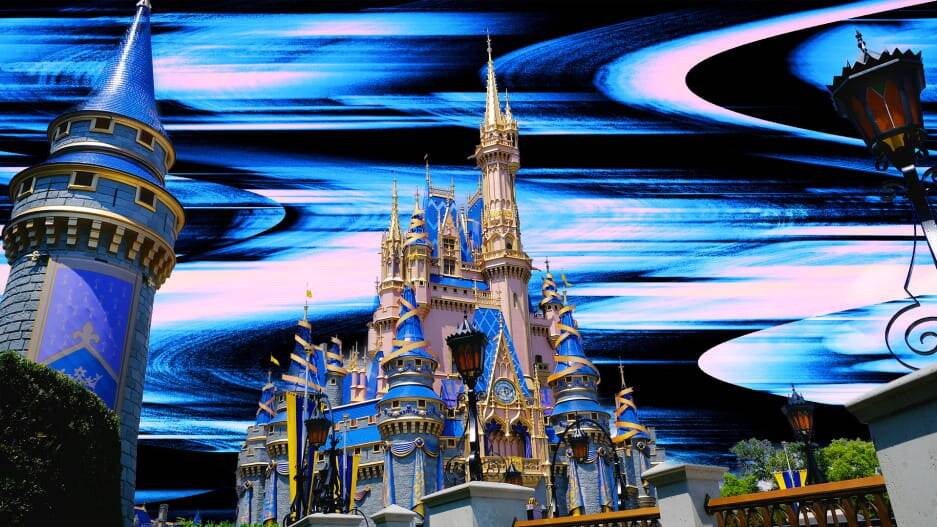- | 3:00 pm
Does Disney need a CTO?
An activist investor wants Disney to shake up its C-suite and act more like a tech company.

Lately, Disney has been in an ongoing high-profile feud with activist investor Nelson Peltz of Trian Partners, and now the entertainment giant is facing calls from another activist investor to shake up its C-suite. This time, though, the focus isn’t on CEO Bob Iger, but rather Disney’s lack of a singular chief technology officer (CTO).
Hedge fund Blackwells Capital, which owns about $15 million worth of Disney stock (a drop in the bucket compared to Trian’s $3 billion), is pressing Disney to create a CTO position that oversees all technology and innovation at the company, arguing that without someone in that role, the company will never be valued as high as a technology firm.
Right now, Disney essentially has two CTOs on staff—Aaron LaBerge, president and CTO of Disney entertainment and ESPN; and Gail Evans, EVP and chief digital and technology officer (CDTO) for Disney parks, experiences, and products. The company did not reply to Fast Company’s request for comment about the Blackwells Capital demand.
Disney has defended its technology-executive structure in the past, however. Blackwells is hardly the first party to question why there’s not a single CTO at the entertainment giant—in fact, the question has been coming up for at least a decade. In 2014, Iger was asked by Fortune to explain the company’s thinking.
“I happen to believe that one of the most important things, when it comes to embracing technology, adopting technology, taking risks with technology, is doing so without central control, giving the businesses the ability to experiment . . . without the corporate watchdog looking over their shoulder all the time,” he said. “I thought that centralizing it would create a more conservative approach, and I thought we should have the opposite.”
Another problem, Iger explained, is that Disney’s different divisions all use technology in separate ways and for different purposes. Innovations by the company’s animation department, for instance, are unlikely to help the parks unit or ESPN. Centralizing all that under one person did not seem likely to produce much value, Iger has said.
Granted, those comments are a decade old, but—from that tech perspective, at least—things haven’t fundamentally changed at Disney.
There are some downsides to Disney’s decentralized approach to technology, of course. This was made clear when Disney launched Disney+ in late 2019. The content libraries of Disney+, Hulu, and ESPN+ were each coded their own way, LaBerge told Fast Company last December. That prevented a true integration of the three until just recently.
An effort is currently underway at Disney to centralize some tech assets to work with third parties, such as Apple’s Vision Pro. And some of the separate build philosophies ended up working out well. For instance, when Disney+ decided to add an ad-supported subscription tier, it was able to leverage the ad-serving platform that was on Hulu and launch the service in just six months. And since it owns its own platform, it can mix in brand advertising with commercials from other businesses, rather than relying only on the ads provided by third-party platforms.
Blackwells, though, believes Disney doesn’t spend enough on research and development—and is pressing the company to invest more heavily in artificial intelligence. Also, the hedge fund is encouraging shareholders to elect more directors with more experience in the technology space—and has suggested three of its own.
Disney has encouraged shareholders to reject these nominees as well as those put forth by Trian.
Update, February 26, 2024: This article has been updated with an updated figure on Blackwells’s approximate stock ownership.






































